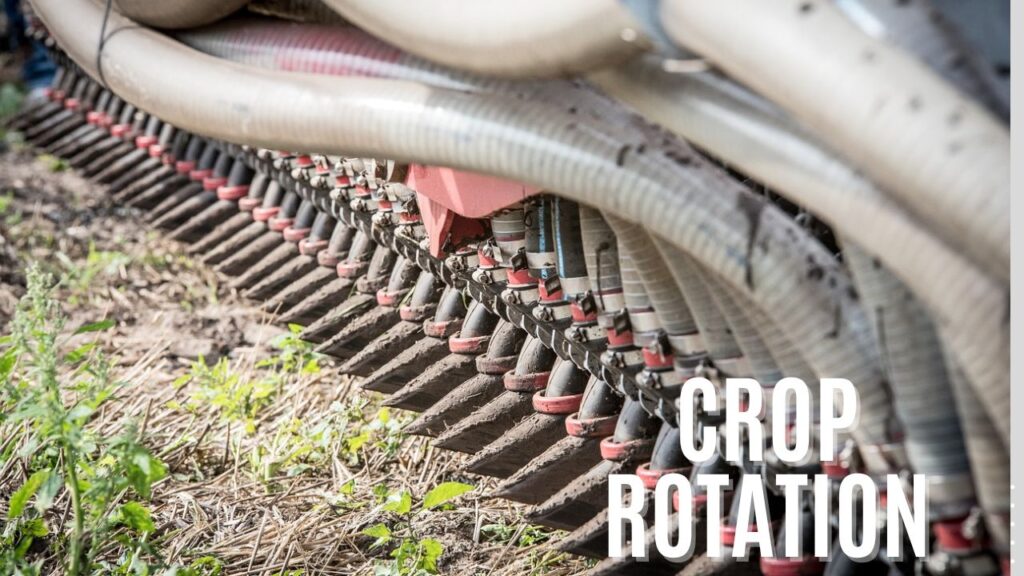In the realm of agriculture, where innovation and tradition intertwine, crop rotation stands as a fundamental practice that has been employed for centuries. Its significance extends beyond merely replenishing soil fertility; it plays a pivotal role in increasing crop yields, mitigating pests and diseases, and promoting sustainability in farming. In this comprehensive guide, we will demystify the art and science of crop rotation, shedding light on its historical roots, the essential principles behind it, and its contemporary relevance in boosting farm success.
Understanding the Historical Roots
Crop rotation’s history dates back to ancient civilizations, where farmers instinctively observed its benefits. Early practitioners noticed that planting the same crop year after year led to diminished soil fertility and increased susceptibility to pests and diseases. To combat these issues, they began rotating crops, alternating between different plant species on the same land.
The ancient Romans, for example, practiced a form of crop rotation known as the “two-field system.” They divided their fields into two sections, planting grains like wheat and barley in one section one year and leaving it fallow while planting legumes like peas and beans in the other. This method not only preserved soil fertility but also improved crop quality and yield.

Table of Contents
The Principles of Crop Rotation
Crop rotation operates on several key principles that make it an invaluable practice for modern farmers:
1. Nutrient Replenishment
Different crops have distinct nutrient requirements. Rotating crops ensures that the soil is not depleted of specific nutrients, as different plants extract varying elements from the soil. For instance, legumes like beans and peas fix nitrogen in the soil, benefitting subsequent crops.
2. Pest and Disease Management
Crop rotation disrupts the life cycles of pests and pathogens. Some pests are host-specific, meaning they only attack certain crops. By changing the crop species, farmers reduce the buildup of pests and diseases in the soil, naturally minimizing the need for chemical pesticides.
3. Weed Control
Certain crops can suppress weed growth. For example, planting a dense crop like rye can help smother weeds, reducing the need for herbicides and manual weeding in subsequent seasons.
4. Improved Soil Structure
Crop rotation enhances soil structure by promoting the growth of different root structures. Deep-rooted crops like carrots can break up compacted soil, while shallow-rooted crops like lettuce help prevent erosion.
Modern-Day Applications
In contemporary agriculture, crop rotation remains a cornerstone of sustainable farming practices. Here are some modern applications and strategies:
1. Diversified Crop Sequences
Farmers now use advanced planning to create diverse crop sequences. This involves careful consideration of crop families and their specific nutrient and pest management benefits. For example, alternating between cereal crops, legumes, and oilseeds can optimize soil health.
2. Cover Cropping
Cover crops are intentionally planted between cash crops to protect the soil during fallow periods. They help prevent erosion, maintain soil moisture, and add organic matter to the soil.
3. No-Till Farming
No-till farming involves planting crops without plowing or disturbing the soil. This practice, combined with crop rotation, reduces soil erosion, improves water retention, and sequesters carbon.
Conclusion
In the ever-evolving landscape of agriculture, crop rotation stands as a timeless and effective technique for ensuring farm success. By adhering to the principles of nutrient replenishment, pest and disease management, weed control, and soil structure improvement, farmers can harness the power of crop rotation to increase yields, reduce environmental impact, and secure a sustainable future for agriculture. Embracing the wisdom of our farming ancestors and leveraging modern innovations, we can continue to demystify crop rotation and unlock its potential for the betterment of farming practices worldwide.
